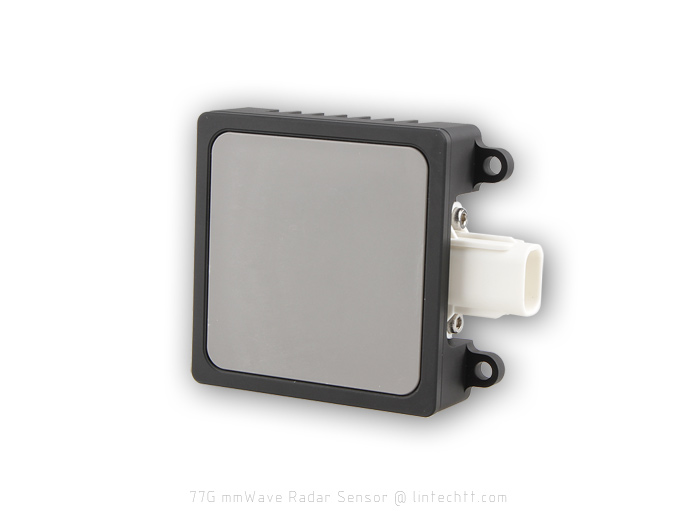A radar sensor is a device that converts sound signals into electrical signals. It transforms sound energy into electrical energy and creates a beep after sensing the motion of an object.
With the technological development, radar technology also moved into more communal use. You will also find a 77G radar sensor for drone and a highly compact unit for automobiles. Below there is an insight into some typical applications of radar sensors.
A Quick Dip into the Working of a Radar Sensor
The most common place to spot a radar sensor is your car. Radar sensors now days are widely present in vehicles. So, let’s understand how they help prevent head-on collisions and accidents.
A radar sensor consists of a transmitter that transmits a frequency wave. This wave bounces back from the nearby object, moving or stationary. The radar detects the phase shift in the returning wave and indicates the object with a beep or flash. In most cases, it’s an alerting beep. Resultantly, the user has enough time to act before severe damage happens.
1. Automobiles
Radar sensors are most common in vehicles. These are primarily present on the back bumper of the cars. Although they are not visible outside, they work behind the scenes to ensure a safe drive.
Trucks, commercial vehicles, and railway engines mostly use radar sensors, as there is more to lose if one isn't cautious enough. Nowadays, companies also place them in vehicle hoods to prevent front impacts.
2. Air Traffic
Another wide application of radar sensors is in airplanes. Airplanes are extremely prone to insatiability. Therefore, they need a high-end alerting system. Hence, radar sensors with more power and a relatively wide sensing range are engineered into air vehicles to ensure safety.
3. Security Systems
Security systems employ various alerting technologies. But radar sensors have proved their worth above the crowd. Radar sensors placed in doorways, lift entrances, and confidential sites help prevent authorized access. When motion is detected, the beep sounds, which helps cope with issues like privacy violations and thefts.
4. Military
The military also has an appetite for radar sensors. They are used at sites with authorized access and help detect the unusual air traffic above a specific area. Additionally, they also have applications in missile projectile prediction.
5. Healthcare
Medical fields are also using radar sensors these days. Machines send rays into the human body and examine the nature of the bounced waves. Radars help diagnose tumors and other ailments within the human body.
How To Know Which Radar Sensor Will Work For You?
Radar stands for Radio Detection and Ranging. Yes, it can detect the frequency shift, but can you use the same chip for an automobile and a tumor diagnosis? Sadly, no. Radar sensors have application-oriented frequencies. For example, a car radar sensor typically ranges from 76 to 81 GHz.
These devices are sensitive; therefore, one must understand the uses before installation. If you are looking for the best compact, energy-efficient, and intelligent alerting radar, the 77G radar from Lintechtt is sufficient. It has the needed high-speed signaling algorithms, which work with automatic and manual driving systems.
The Bottom Line
Radar technology has been around for quite some time now. However, its use gained more exposure when manufacturers started deploying them in automobiles. Eventually, they made up their way to your home security system as well.
Every radar has a characteristic frequency range. Therefore, it is essential to know what you need. Higher frequencies have more absorption rates. Hence, the bounced back wave requires a powerful sensor. Lower frequencies work better for daily life uses. They have a reasonable bounce rate which affordable radar can detect.


